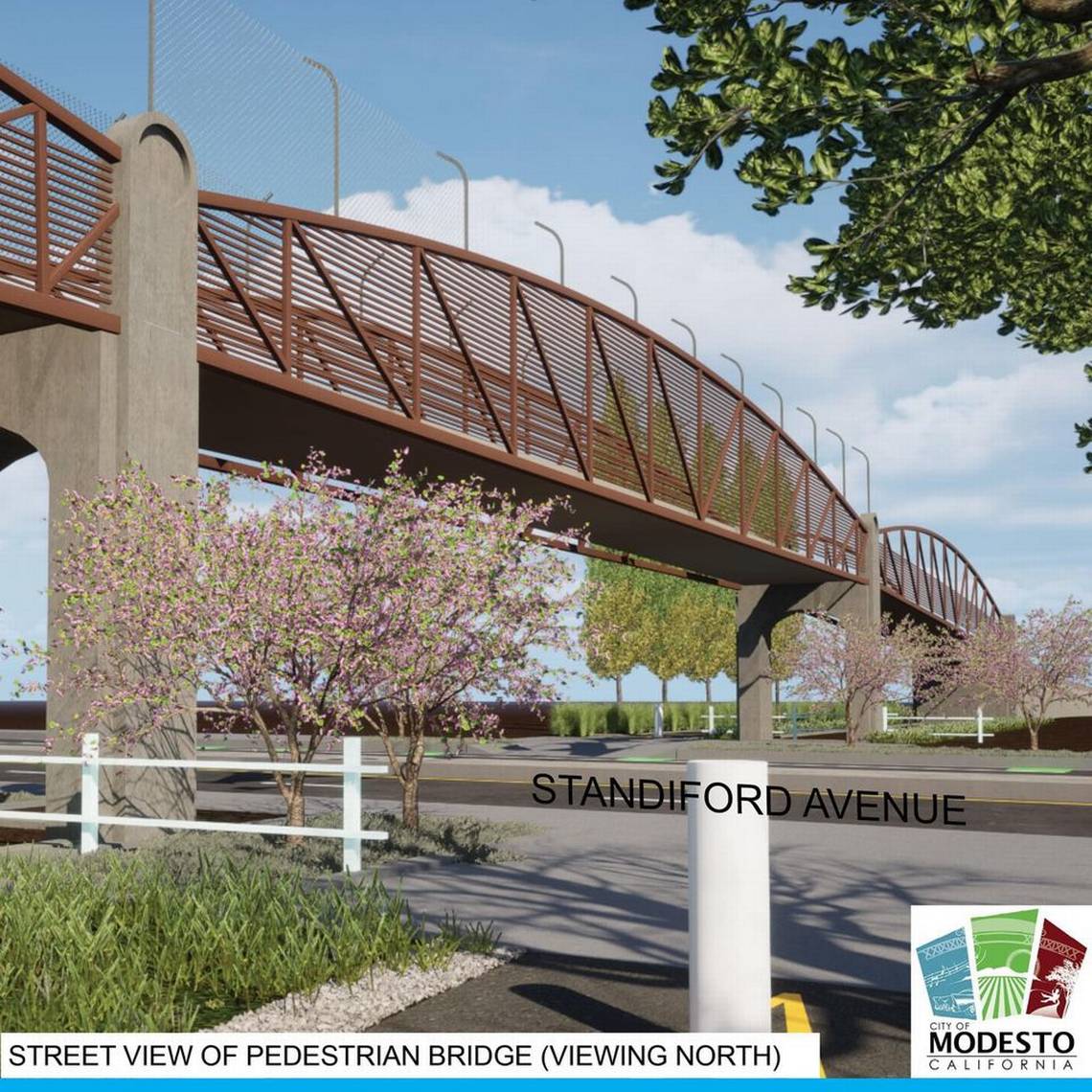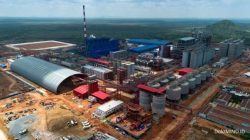Expansion of Virginia Corridor Trail in Modesto
Modesto is taking a significant step forward in enhancing its recreational infrastructure with the expansion of the Virginia Corridor Trail. The city has awarded an $8.56 million contract to A&B Construction of Oakland to extend the trail across Standiford Avenue. This decision was made unanimously by the Modesto City Council on Tuesday, July 22. The project will add approximately half a mile to the existing paved path, including a bridge over the four-lane Standiford Avenue. According to city engineer Toby Wells, the new section could be open by fall 2026 for walkers, bikers, and other users.
The total cost of the project is $11.37 million, which includes engineering and construction management. Funding comes from various state and local sources. The Virginia Corridor Trail currently stretches nearly three miles from just north of Needham Street to Woodrow Avenue and was built in six phases. The seventh phase aims to bring the trail to Union Avenue, with future funding potentially adding the final 1.5 miles to Kiernan Avenue.
Mayor Sue Zwahlen expressed her enthusiasm for the project, stating that it will be a huge benefit to the community. She highlighted the importance of having access to walk and bike paths all the way to the north part of Modesto and downtown. The city also has separate funding to connect the Needham end of the trail to new bike lanes on Ninth Street, leading to the Modesto Transportation Center. This facility currently serves bus riders and may soon accommodate Altamont Corridor Express trains.
History and Features of the Virginia Corridor Trail
The Virginia Corridor Trail derives its name from the fact that it runs partly along Virginia Avenue. Originally built on the former Tidewater Southern branch of the Union Pacific Railroad, the trail features a paved portion that is mostly 10 feet wide, complete with landscaping, benches, lighting, and rail history displays.
The first phase of the trail opened in 2006 between Roseburg and Orangeburg avenues, with subsequent phases extending south to the Modesto Junior College East Campus and northward, including a bridge over Briggsmore Avenue, a four-lane expressway. Despite several multi-block stretches free of cross-traffic from motor vehicles, some hazards remain. The most challenging area is at four-lane Orangeburg, where users can activate warning lights for drivers by pushing a button. At other crossings, the city has installed roundabouts and other car-calming measures.
The trail passes near several parks, schools, and neighborhoods. Standiford Avenue has a mix of apartment complexes and shopping centers, while the area to the north is primarily residential. Although the city does not track the number of trail users, it is evident that the trail is popular, especially on pleasant days.
Funding the Extension
Modesto had initially planned to start building this phase in 2020, but the pandemic caused delays. The project was ready for bidding in early 2024 but was pulled due to rising costs. The revised plan includes the following funding sources:
- $3.64 million in state grants, mostly from the Urban Greening Program
- $3.5 million from city fees charged on land developers to enhance recreation
- $2.86 million from ongoing state funding for non-motorized transportation
- $892,520 from the city water fund to move and upgrade a main where the bridge piers will be built
- $276,531 from Measure H, an extra sales tax for various city functions approved by voters in 2022
- $200,000 from Measure L, a countywide sales tax for transportation from 2016
The council also approved a $798,261 contract for construction management and inspection by TRC Engineering of Rancho Cordova, near Sacramento. Other parts of the $11.37 million total include engineering, power line relocation, and a contingency against rising costs.
Future Plans and Community Impact
While the current project focuses on crossing Standiford Avenue, there are plans to extend the trail further north. Modesto had originally intended for this phase to connect to the Hetch Hetchy Trail, which runs beneath the transmission lines for San Francisco’s hydropower from the Sierra Nevada. Although the two cities are still discussing how this connection would work, trail users can currently take a detour by going about 100 feet west on Union to Semallon Drive, then north to Hetch Hetchy.
The eventual trail out to Kiernan Avenue would require a bridge over Pelandale Avenue, which is even wider than Standiford and Briggsmore. The area has a mix of homes and businesses. The council agreed that crossing Standiford was a worthwhile step toward the ultimate goal.
Councilmember Chris Ricci emphasized the excitement among residents, noting that every improvement to the trail brings energy and enthusiasm. He mentioned that people are eager to get out on their bikes or go for a stroll with their families or dogs. The other votes were cast by Councilmembers Nick Bavaro, Jeremiah Williams, Rosa Escutia-Braaton, and Eric Alvarez, with David Wright absent.







